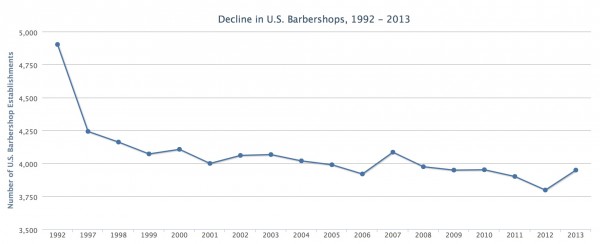It’s 9 days to Halloween and 17 days to election day. Here at SocImages, I’ve decided to continue to focus on election analysis and current events until Election Day. In the meantime, for your holiday pleasure, please enjoy our collection of Halloween posts from years past or visit our Halloween-themed Pinterest page. And feel free to follow me on Instagram for pics from tonight’s Krewe de Boo parade in New Orleans! Wish you were here!
Just for fun
- Sociologist Joel Best wishes you a happy and safe Halloween!
- Toward a sociology of living death
- A Hallowmeme costume: Women laughing with salad
- Fun and fear: The great equalizer
- Breast cancer-themed sexy leopard-ish costume ’cause why?
History
Social psychology
- Pregnant women’s bodies resist giving birth on Halloween
- Wearing costumes and the rate of alcohol consumption
Politics and culture
- Poisoned Halloween candy and the social construction of social problems
- Legal firm’s Halloween party mocks home foreclosures
- Lynching Palin
- Obama mask marketed as a “terrorist” costume
- Marking sex offenders
- Capitalism, candy, and Halloween
Race and ethnicity
- Racist Halloween costumes for your dog
- Othering of undocumented immigrants with an “alien” costume
- A collection of racist Halloween costumes
- Asian hair for Halloween
- Appropriating Dia De Los Muertos at Halloween
- Raising consciousness about racist Halloween costumes
- “Indian” and “Ninja” as official costume categories
- Anne Skank: Trivializing and sexualizing the Holocaust for Halloween
Sexual orientation
- Party City changes its tune: Nonoheteronormativity in Halloween costumes (2015, pictured)
- Heteronormativity in couples Halloween costumes (2012)
Gender
- “Anna Rexia” Halloween costume
- What do sexy Halloween costumes for men look like?
- Halloween and the trivializing of women in men’s occupations
- Women dressing up like girls dressing up like women
- Even our skeletons have sex
- A Halloween gender binary
- When sexy overtakes all reason: sexy what!? (2015), sexy what!? (2014), sexy what!? (2012), sexy what!? (2010)
- Also in sexy costumes for women and girls: sexy femininity and gender inequality, sexy scholar, Harem girl, and the sexy body bag costume
- Compare to this vintage Halloween-inspired ad that urges women to be bewitching instead of half-naked
- “Beer man” and “Beer girl”, featuring “policeman” and “police girl”
Gender and kids
- How sexy stole “naughty”
- Halloween costumes: then and now (yes, they’re sexier)
- Tiny the Pterodactyl and the gender ideology of Halloween
- Girls: mean or queen
- Gender and kids costumes
- Dress up your little girl in a “little black dress”
- Comparing boy and girl “toddler” Cookie Monster costumes
Intersections
- Halloween hall of sha me: the fat lap dancer costume
- Sexy “Indian” costumes
- An overview of raced, gendered, and heteronormative costumes
Lisa Wade, PhD is an Associate Professor at Tulane University. She is the author of American Hookup, a book about college sexual culture; a textbook about gender; and a forthcoming introductory text: Terrible Magnificent Sociology. You can follow her on Twitter and Instagram.








